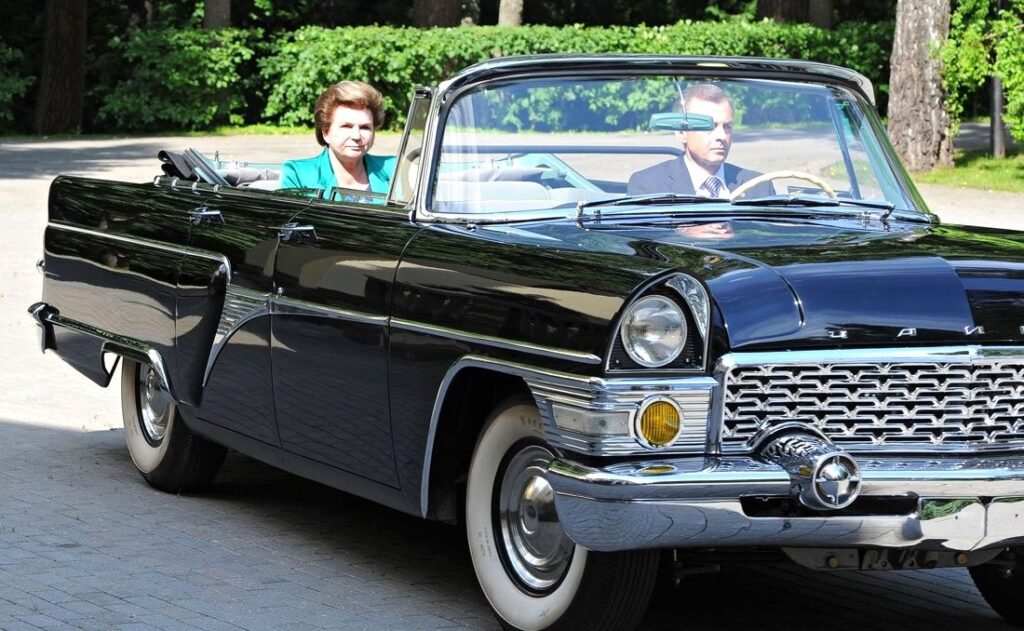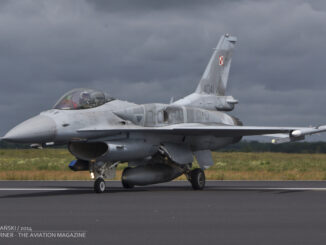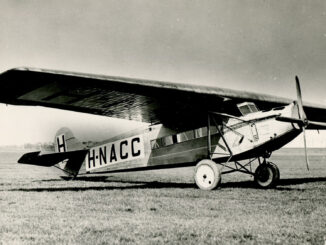 On 16th June 1963, Vostok 6 spacecraft was launched from Baikonur cosmodrome, with just one cosmonaut on board – Valentina Tereshkova, who became the first woman in space.
On 16th June 1963, Vostok 6 spacecraft was launched from Baikonur cosmodrome, with just one cosmonaut on board – Valentina Tereshkova, who became the first woman in space.
Valentina Vladimirovna Tereshkova was born in 1937, in Yaroslavl region, from the parents of Belarusian descent. She started to work at a tyre factory yet as a teenager, then took another job at an industrial fabrics plant. Later, she joined Correspondence College of Light Industry and graduated in 1960 as cotton spinning technician.
From her early years, Tereshkova was interested in parachuting. In 1959, she joined a local parachuting section of DOSAAF (Добровольное общество содействия армии, авиации и флоту – Volunteer Society for Cooperation with the Army, Aviation, and Navy) and performed ninety jumps yet in the same year. In addition, Tereshkova went through her first experiences in skydiving.
Not long after that, Yuri Gagarin became the first man in space. It was not only the great achievement of the mankind but also a milestone of the so-called ´space race´ between two superpowers – the Soviet Union and the United States. Since that moment, the race intensified, being closely watched by the entire world.
The first media reports about female astronauts being trained in the United States triggered an immediate reaction on the other side of the Iron Curtain. The Soviet authorities just could not allow the Americans to launch the first woman into space. Therefore, a similar programme was arranged in a hurry and included among the highest priorities of the country.
The Soviet female space programme was officially launched at the beginning of 1962, less than a year since Gagarin´s flight. Shortly after, the search for a woman cosmonaut began – the ideal candidate had to be under age of thirty, up to 170 cm tall and with weight not exceeding 70 kg. In addition, the candidate should have proven parachute experience.
Depending on the source, between 400 and 500 women were selected from the DOSAAF parachute sections across the country. Then, the selection continued, eventually leaving only five: Zhanna Yorkina, Tatyana Kuznetsova, Valentina Ponomaryova, Irina Solovyova and Valentina Tereshkova.
On 12th March 1962, Valentina Tereshkova was officially enrolled in the Soviet cosmonaut corps. Her previous skydiving experience was one of key elements that opened Tereshkova a way into space. In November of the same year, she passed her final exams at the cosmonaut training centre, all with excellent marks, and was officially chosen for the flight.
On 16th June 1963, at 9:29:52 UTC, Vostok 6 spacecraft was launched from Baikonur cosmodrome, with Valentina Tereshkova onboard. The spacecraft spent 2 days, 22 hours and 50 minutes in space, completing forty-eight orbits. The flight was live broadcasted by the Soviet state television, including images from an inside camera and Tereshkova´s radio communication with control centre and Nikita Khrushchev himself. Her official call sign was Чайка (pronounced ´chayka´, English: seagull).
On 19th June in the morning, Tereshkova ejected from the descending capsule and made a successful parachute landing in Kazakhstan.

Immediately after the flight, Valentina Tereshkova became a national hero. One of the popular urban legends says that more than million flowers were sold in Moscow to celebrate her arrival to the capital city. She received the highest state decorations and officially became an instructor-cosmonaut for future spacecraft crews.
Similarly to Yuri Gagarin, also Tereshkova became very popular – and admired – all over the world. Within the next few years she completed more than forty international trips, meeting with several country leaders but also thousands of women around the world. For them, Tereshkova was the vivid image of success and the example to follow.
After leaving the space programme, Tereshkova continued her military and political career. She became a colonel of the Soviet Air Force and earned a doctorate in aeronautical engineering. After the collapse of the Soviet Union and her following retirement from the Air Force, Tereshkova became a member of the State Duma. She remains the member of the Russian Parliament until today.
In 1963, Tereshkova married Andriyan Nikolayev, the third Soviet cosmonaut. Her husband flow into space twice, on board of Vostok 3 and Soyuz 9 spacecraft, both times setting the new record for the longest space flight. Tereshkova and Nikolayev have one daughter, Elena Andriyanovna – she was the first person in the wolrd to have her both parents that flown into space. In 1982, the couple divorced and then Tereshkova married Yuli Shaposhnikov and stayed with him until his death in 1999.
Valentina Tereshkova is not only the first women in space. She still is the only woman to perform a solo space flight, as well as the youngest female cosmonaut – because at the time of her flight, Tereshkova was only at age twenty-six.
After Tereshkova´s successful flight, the US female space programme was put on hold. It took long nineteen years for another women to fly into space – and, once again, it was the Soviet cosmonaut, Svetlana Savitskaya. The first American woman in space was Sally Ride that went into space only in June of 1983, during STS-7 mission, onboard Challenger space shuttle.
Tereshkova and her space flight are commemorated in many, almost innumerable ways. There are dozens of buildings, places and streets carrying her name. A lunar crater on the far side of the Moon was named after her, as well as an asteroid named 1671 Chaika. Several pop groups all over the world recorded songs dedicated to Tereshkova. She was also pictured on post stamps and even was an inspiration for toys.
In 2000, the International Women of the Year Association named Tereshkova the ´greater woman achiever of the 20th century´. A few years ago, Tereshkova was also heard to say that, despite her age, she is ready to fly to Mars, if only she gets a chance to.

Cover photo: the Soviet post stamp from 1963, Wikipedia, Public Domain



